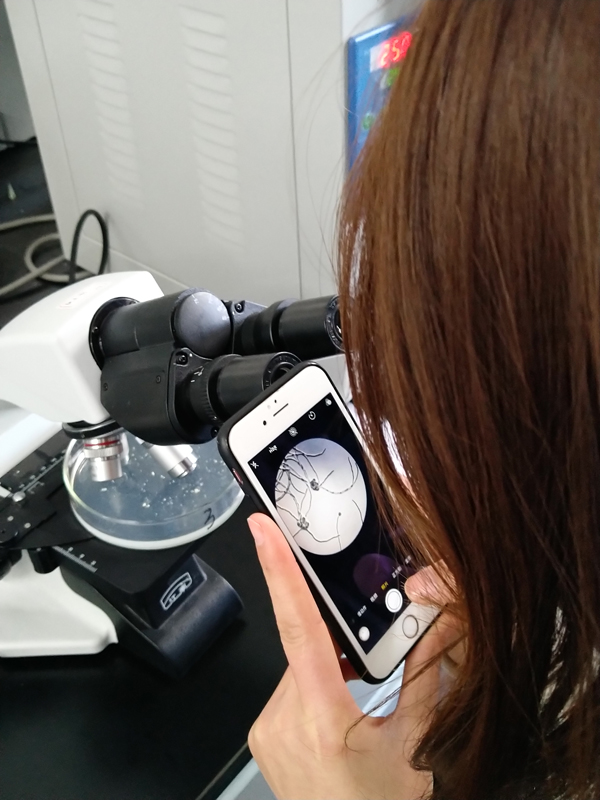Дек . 04, 2024 16:31 Back to list
Pollination Effects on Kiwifruit Yield in Orchard Settings
The Vital Role of Pollination in Kiwifruit Orchards
Kiwifruit, known for its vibrant green color and sweet-tart flavor, has become increasingly popular around the globe. This delicious fruit thrives in specific growing conditions and requires effective pollination to achieve optimal yields. Understanding the crucial aspects of kiwifruit pollination can help orchardists maximize their productivity and ensure the sustainability of their crops.
Pollination is the process through which pollen is transferred from the male parts of a flower (the anthers) to the female part (the stigma), leading to fertilization and the development of fruit. Kiwifruit plants are unique in that they are dioecious, meaning there are distinct male and female plants. Only the female plants bear the fruit, while the male plants produce the pollen essential for fertilization. Therefore, proper management of pollination is critical for successful kiwifruit production.
Pollination Percentages and Their Impact
The effectiveness of pollination can be expressed as a percentage—this signifies the proportion of flowers that successfully undergo fertilization to produce fruit. In kiwifruit orchards, optimal pollination percentages generally range between 60% to 100%, depending on the environmental conditions and management practices employed. Achieving high pollination percentages directly correlates with the yield, size, and quality of the fruit.
Several factors influence pollination percentages in kiwifruit orchards, including the presence of adequate male plants, environmental conditions, and the activity of pollinators. Especially in northern regions where kiwifruit is grown, the abundance of male plants planted within proximity to female plants can significantly enhance the chances of successful pollination.
Role of Pollinators
Natural pollinators, such as bees, play a pivotal role in assisting with the transfer of pollen between male and female kiwifruit flowers. Honeybees are particularly effective, as they are attracted to the flowers and actively seek nectar, unwittingly transferring pollen in the process. Moreover, other pollinators, including bumblebees and native bee species, also contribute significantly to enhancing the pollination process.
Current research indicates that employing managed pollinator services, such as renting hives of honeybees during the flowering season, can boost pollination levels. It is essential for orchardists to assess their existing pollination strategies and, when necessary, introduce additional pollinators to achieve desired outcomes.
pollination pollen of kiwifruit in orchard factories

Environmental Considerations
Pollination success in kiwifruit orchards is also highly dependent on environmental factors. Temperature, humidity, and wind conditions are critical during the flowering period. Kiwifruit flowers tend to be more receptive to pollination on warm, sunny days. Higher temperatures can lead to increased bee activity, contributing to more successful pollination. However, extremely high or low temperatures may deter pollinator activity, resulting in lower pollination percentages.
Moreover, rainfall can pose challenges during the flowering period. Excess moisture can wash away pollen or hinder bee activity, both of which can negatively impact fertilization rates. Orchardists must consider these environmental nuances in their management practices, ensuring that conditions are favorable for pollination.
Management Practices to Enhance Pollination
To optimize kiwifruit yields, orchardists should focus on several management practices. Firstly, maintaining an adequate ratio of male to female plants is crucial. A commonly recommended ratio is one male plant for every 7-8 female plants. This ensures an abundance of pollen for successful fertilization.
Secondly, creating habitats that are conducive to pollinator wellbeing can enhance their presence in the orchard. This includes planting companion flowers and maintaining diverse vegetation, which can provide food and nesting sites for bees and other pollinators.
Lastly, monitoring weather conditions during peak flowering and ensuring that pollinators are actively foraging can be beneficial. In cases of potential inclement weather, orchardists might consider providing shelters or windbreaks to protect pollinators and improve success rates.
Conclusion
In conclusion, pollination is an essential process for kiwifruit production, fundamentally influencing yield and fruit quality. By understanding the dynamics of pollen transfer, the significance of pollinators, and employing effective management strategies, orchardists can achieve optimal pollination percentages. This not only ensures a bountiful harvest but also supports the sustainable evolution of kiwifruit cultivation as a viable agricultural industry.
-
High-Quality Peach Tree Pollen for Pure Pollination Success
NewsAug.09,2025
-
Fruit Paper Bags: Protect from Plant Pollen & Pests
NewsAug.08,2025
-
Plant Pollen Guide: Types, Uses & Artificial Pollination
NewsAug.07,2025
-
High-Viability Male Kiwipollen for Sale | Boost Yield
NewsAug.06,2025
-
Eco Fruit Paper Bags for Peak Freshness | Durability Focused
NewsJul.31,2025
-
Pollen Peach Tree for Pure Pollination and High-Quality Peach Pollen
NewsJul.30,2025